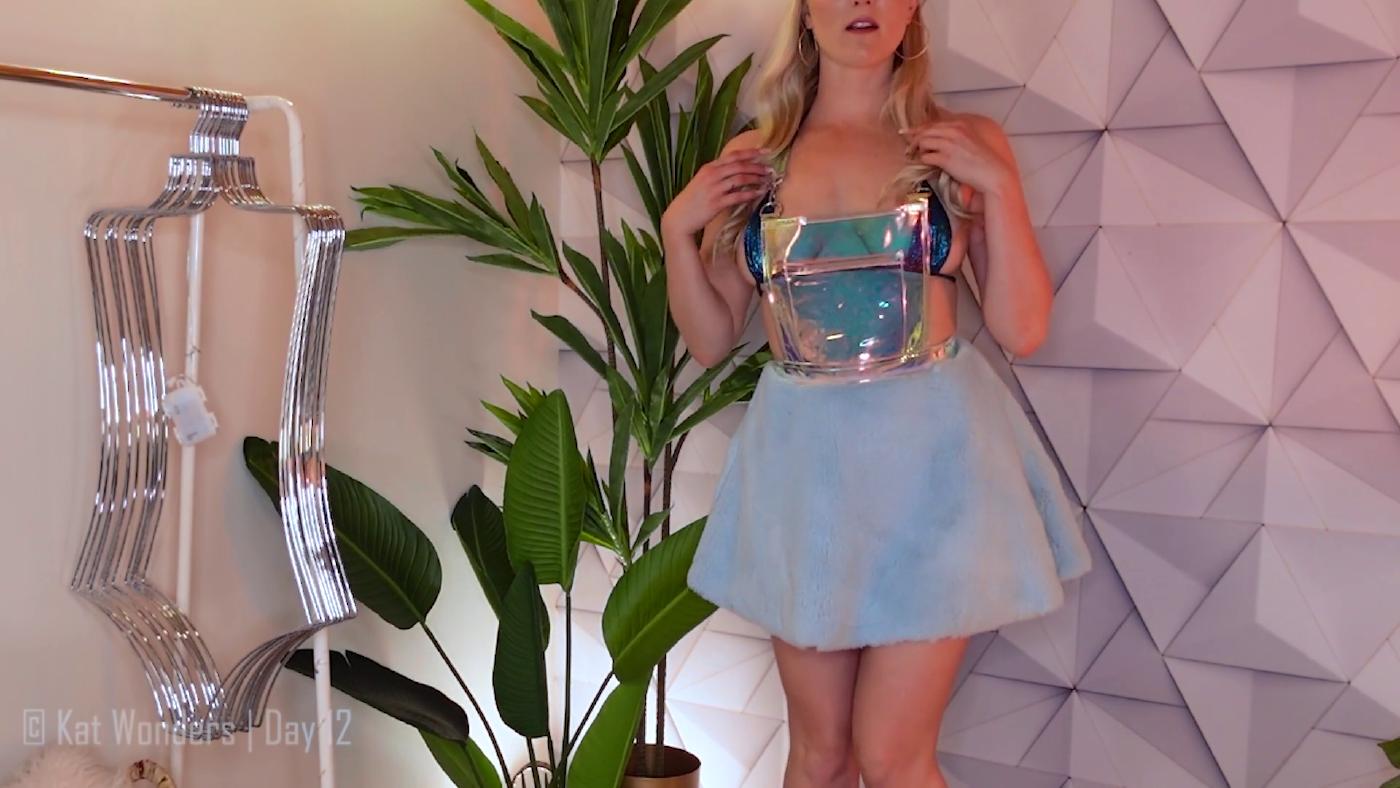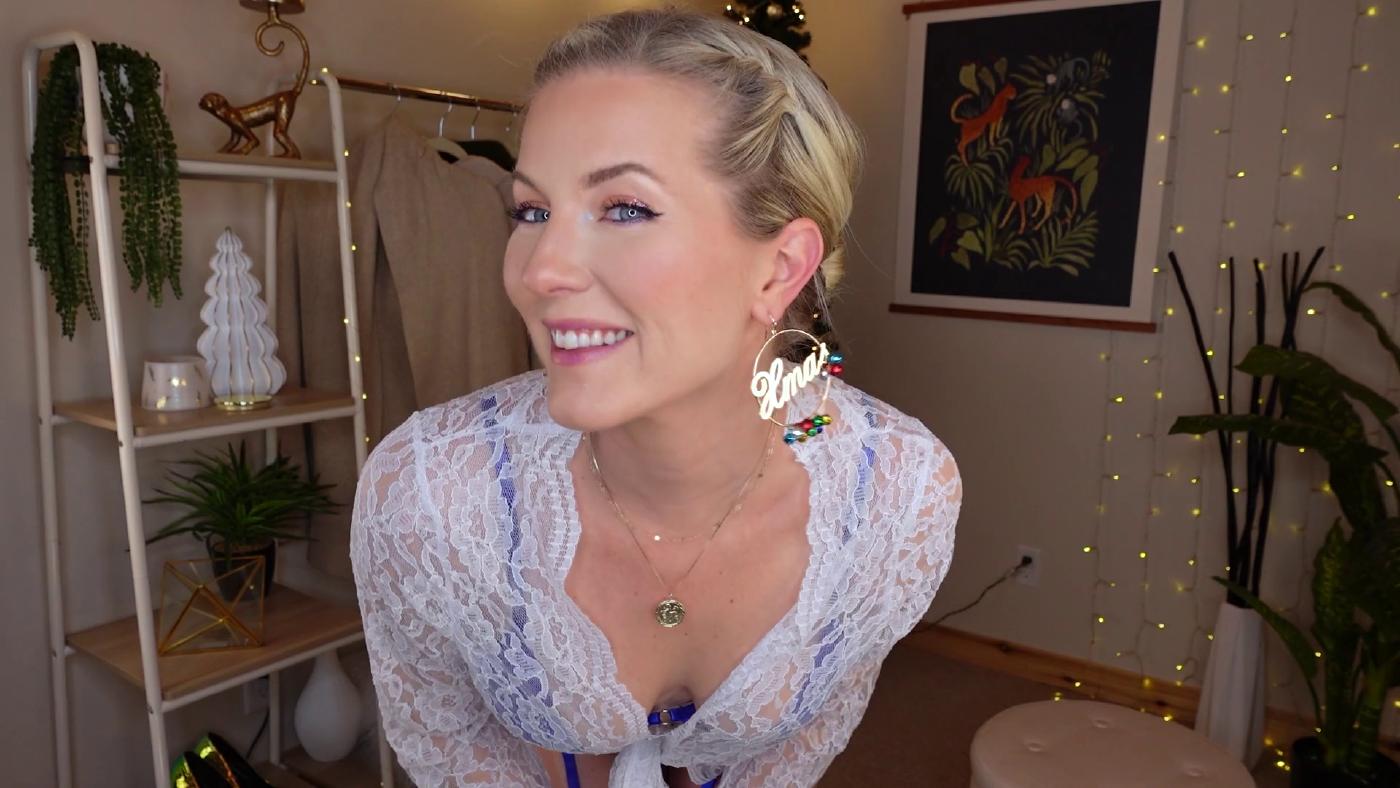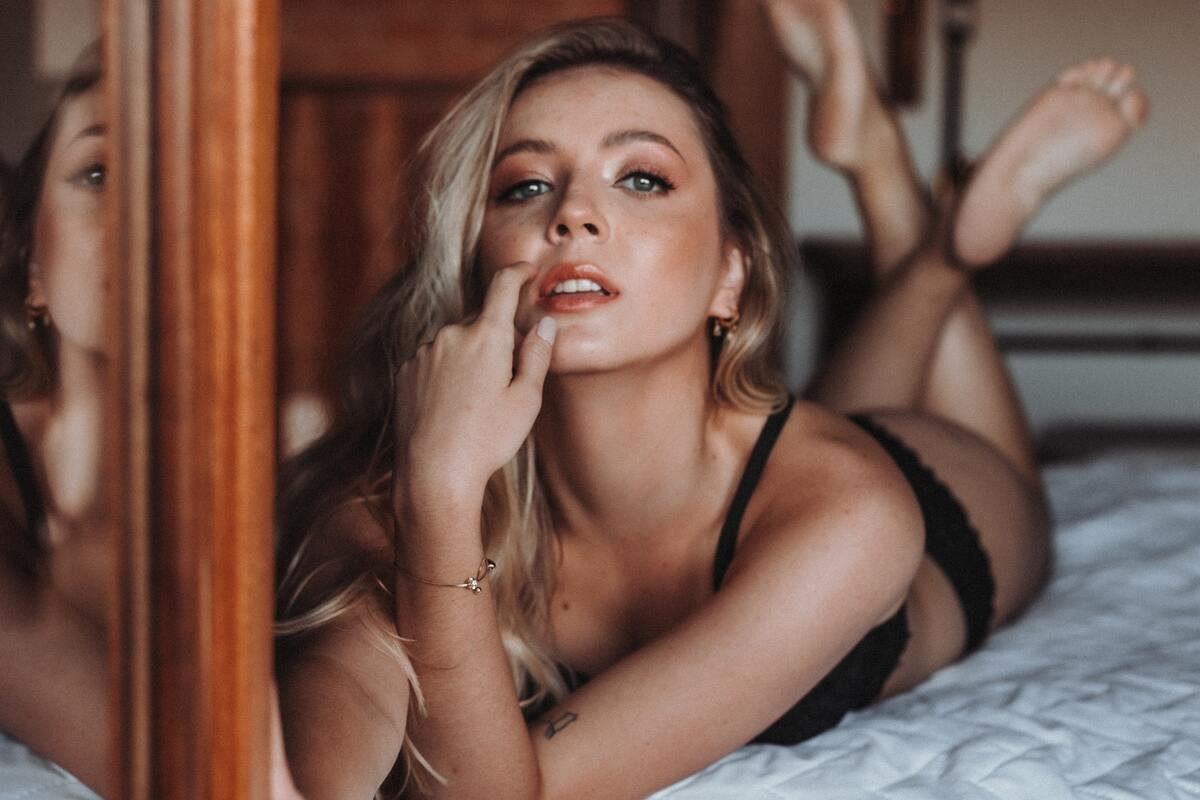When Influencers Go Wild: The Unfiltered Reality Of Online Fame
The digital landscape has transformed how we consume content, connect with personalities, and even how individuals earn a living. At the heart of this transformation lies the influencer phenomenon, a world where charisma, creativity, and connection can translate into substantial income and widespread recognition. However, as the stakes grow higher and the competition intensifies, we often witness instances of an influencer gone wild, pushing boundaries in ways that challenge societal norms and spark widespread debate.
From the mundane to the truly bizarre, the internet has become a sprawling stage where individuals perform for millions, sometimes blurring the lines between personal life and public spectacle. This article delves into the intriguing, often controversial, world of influencers who have taken their content to unexpected, and sometimes shocking, extremes. We'll explore what drives this behavior, its consequences, and the broader implications for the digital ecosystem.
Table of Contents
- The Influencer Gone Wild Phenomenon: An Overview
- The Rise of Shock Value Content
- Case Study: The "Fartrepreneur" and Her Jarred Farts
- Navigating Ethical Boundaries and Public Perception
- The Impact on Brands and the Influencer Economy
- Platform Responsibility and Community Guidelines
- Audience Engagement and the Desire for Authenticity
- The Future of Influencer Content and Its Boundaries
The Influencer Gone Wild Phenomenon: An Overview
The term "influencer gone wild" captures a specific subset of online personalities who transcend conventional content creation, often venturing into controversial or sensationalist territory. This isn't merely about creating engaging content; it's about pushing the envelope, sometimes to the point of notoriety. The motivation behind such behavior can be multifaceted: a desperate grab for attention in an oversaturated market, a desire to challenge societal norms, or simply a misjudgment of what constitutes acceptable public behavior.
The internet, with platforms like YouTube, Instagram, TikTok, and even niche communities like r/eaudejerks or r/mauritius_gone_wild, provides a fertile ground for these antics. While YouTube boasts some of the best content out there, it's also true that some creators, particularly those seeking viral fame, are downright wild. The allure of going viral, even for negative reasons, can be a powerful driver. For some, the traditional boundaries of what's considered taboo, especially concerning sex and personal privacy, have eroded significantly, leading to content that would have been unimaginable just a decade ago. This shift in societal acceptance, combined with the anonymity and reach of the internet, fuels the "influencer gone wild" trend.
The Rise of Shock Value Content
In a world where millions vie for attention, standing out requires more than just good looks or relatable content. Many influencers turn to shock value as a shortcut to virality. This can manifest in various forms:
- Extreme Stunts: Dangerous challenges or pranks that put the influencer or others at risk.
- Controversial Opinions: Expressing views designed to provoke outrage or debate, often without genuine conviction.
- Boundary-Pushing Personal Content: Sharing intimate details or engaging in acts that traditionally belong in the private sphere.
- Exploitation: Using vulnerable individuals or sensitive situations for content without proper consent or ethical consideration.
Catching "influencers" in the act in the wild, whether it's a public meltdown or an outlandish stunt, often becomes instant fodder for online discussion and media headlines. This cycle of shock, reaction, and increased visibility can be incredibly lucrative, even if it comes at the cost of long-term credibility or mental well-being. The immediate gratification of viral fame often outweighs the potential negative repercussions for these creators, creating a continuous loop of escalating content.
Case Study: The "Fartrepreneur" and Her Jarred Farts
Perhaps one of the most striking examples of an influencer gone wild in recent memory is the case of the "fartrepreneur." This influencer gained widespread notoriety, and a significant income, by selling her farts in jars. This unique, and undeniably controversial, venture highlights the extreme lengths some individuals will go to monetize their online presence and capture public attention.
Biography: Stephanie Matto
Stephanie Matto, originally known for her appearances on TLC's reality show "90 Day Fiancé," successfully leveraged her existing public profile to launch an unconventional business. Her transition from reality TV personality to a self-proclaimed "fartrepreneur" illustrates the fluid and often unpredictable nature of online entrepreneurship. Matto's venture involved packaging and selling her bodily emissions, claiming to earn over $200,000 from this unique product. This bold move not only garnered immense media attention but also sparked a global conversation about the limits of online content, entrepreneurship, and personal branding.
Personal Data and Biodata
| Attribute | Detail |
|---|---|
| Name | Stephanie Matto |
| Known For | Reality TV (90 Day Fiancé), Influencer, "Fartrepreneur" |
| Notable Venture | Selling farts in jars |
| Reported Earnings (from farts) | Over $200,000 USD |
| Platform(s) | YouTube, Instagram, TikTok, Unfiltrd (her own platform) |
| Controversy | Health issues due to diet for production, ethical debates |
Matto's story is a prime example of how an influencer gone wild can capitalize on shock value. While it brought her significant financial gain and media coverage, it also came with health risks (due to the specialized diet required for production) and intense public scrutiny, raising questions about the sustainability and ethics of such extreme content creation.
Navigating Ethical Boundaries and Public Perception
The "influencer gone wild" phenomenon constantly tests the boundaries of what is acceptable online. For some, gone are the days when certain topics, like sex or bodily functions, were taboo. They see the internet as a space for ultimate freedom of expression, where every niche can find its audience. Others are adamant about maintaining traditional ethical standards, viewing such content as exploitative, degrading, or simply in bad taste.
The public perception of an influencer gone wild can swing wildly from admiration for their entrepreneurial spirit to outright disgust. Platforms like The Influencer Forum, an online review platform dedicated to influencer marketing software and agencies, often become a battleground for discussing the ethics of influencer behavior. These discussions highlight the tension between freedom of speech, commercial interests, and societal norms. Ultimately, an influencer's long-term success often hinges on their ability to navigate these complex ethical waters without completely alienating their audience or potential brand partners.
The Impact on Brands and the Influencer Economy
Knowing that influencer marketing is all about being able to influence or encourage a particular action or perception, the behavior of an influencer gone wild can have profound implications for brands. Brands meticulously choose influencers whose values align with their own, seeking to build trust and credibility with target audiences. When an influencer engages in controversial or scandalous behavior, it can quickly tarnish the brand's image by association.
For instance, a brand sponsoring a family-friendly YouTube channel would immediately sever ties if the creator suddenly engaged in extreme, inappropriate content. This risk makes brands incredibly cautious. The influencer economy, while booming, is also highly sensitive to reputation. Influencers who consistently push boundaries risk losing lucrative sponsorship deals, alienating their core audience, and even facing deplatforming. While shock value might bring initial virality, it rarely translates into sustainable, high-value brand partnerships. The long-term viability of an influencer's career often depends on their ability to balance creative freedom with professional responsibility.
Platform Responsibility and Community Guidelines
Social media platforms play a crucial role in regulating content and setting boundaries for their users. While they champion freedom of expression, they also have a responsibility to maintain a safe and respectful environment. This is where community guidelines come into play. Platforms like YouTube have strict rules against hate speech, harassment, graphic content, and dangerous acts. However, the interpretation and enforcement of these rules can be challenging, especially when dealing with content that pushes the envelope without explicitly violating terms of service.
The challenge for platforms is immense. They must balance user creativity with the need to protect advertisers, comply with legal regulations, and ensure user safety. The rise of an influencer gone wild often puts these guidelines to the test, forcing platforms to constantly review and update their policies. The dynamic nature of online trends means that what was acceptable yesterday might be deemed inappropriate today, leading to a constant cat-and-mouse game between creators seeking virality and platforms striving for moderation.
Audience Engagement and the Desire for Authenticity
Despite the controversies, the audience's fascination with an influencer gone wild is undeniable. Part of this stems from a desire for authenticity. In a world saturated with curated, picture-perfect feeds, the raw, unfiltered, and sometimes shocking content can feel more "real." Audiences are drawn to personalities who appear to defy conventions, even if their methods are questionable. This is particularly true for younger demographics who may be more open to challenging traditional norms.
Communities dedicated to discussing and sharing content from favorite influencers and celebrities thrive online. These spaces, ranging from general entertainment forums to specific subreddits like r/eaudejerks (a community for fragrance enthusiasts, which can sometimes veer into passionate, unfiltered discussions) or even more explicit ones like r/mauritius_gone_wild (an 18+ subreddit for exhibitionist content), demonstrate the diverse appetites of online audiences. The ability to share and discuss content, regardless of its controversial nature, fuels the visibility of these "wild" influencers. This engagement, whether positive or negative, contributes to their reach and influence, creating a feedback loop that encourages further boundary-pushing.
The Future of Influencer Content and Its Boundaries
As the digital landscape continues to evolve, so too will the definition of an influencer gone wild. The pursuit of virality and financial gain will likely continue to drive some creators to explore unconventional and controversial content. However, there will also be increasing pressure from platforms, advertisers, and the public for greater accountability and ethical content creation.
The ongoing dialogue about what constitutes acceptable content, who is responsible for its moderation, and the long-term impact on

Influencer Gonewild Unleashing The Wild Side Uence 's Tantalizing

Influencers Gone Wild: The Dark Side Of Social Media Fame Exposed!

Influencers Gone Wild Website: What is It and How Does It Impa